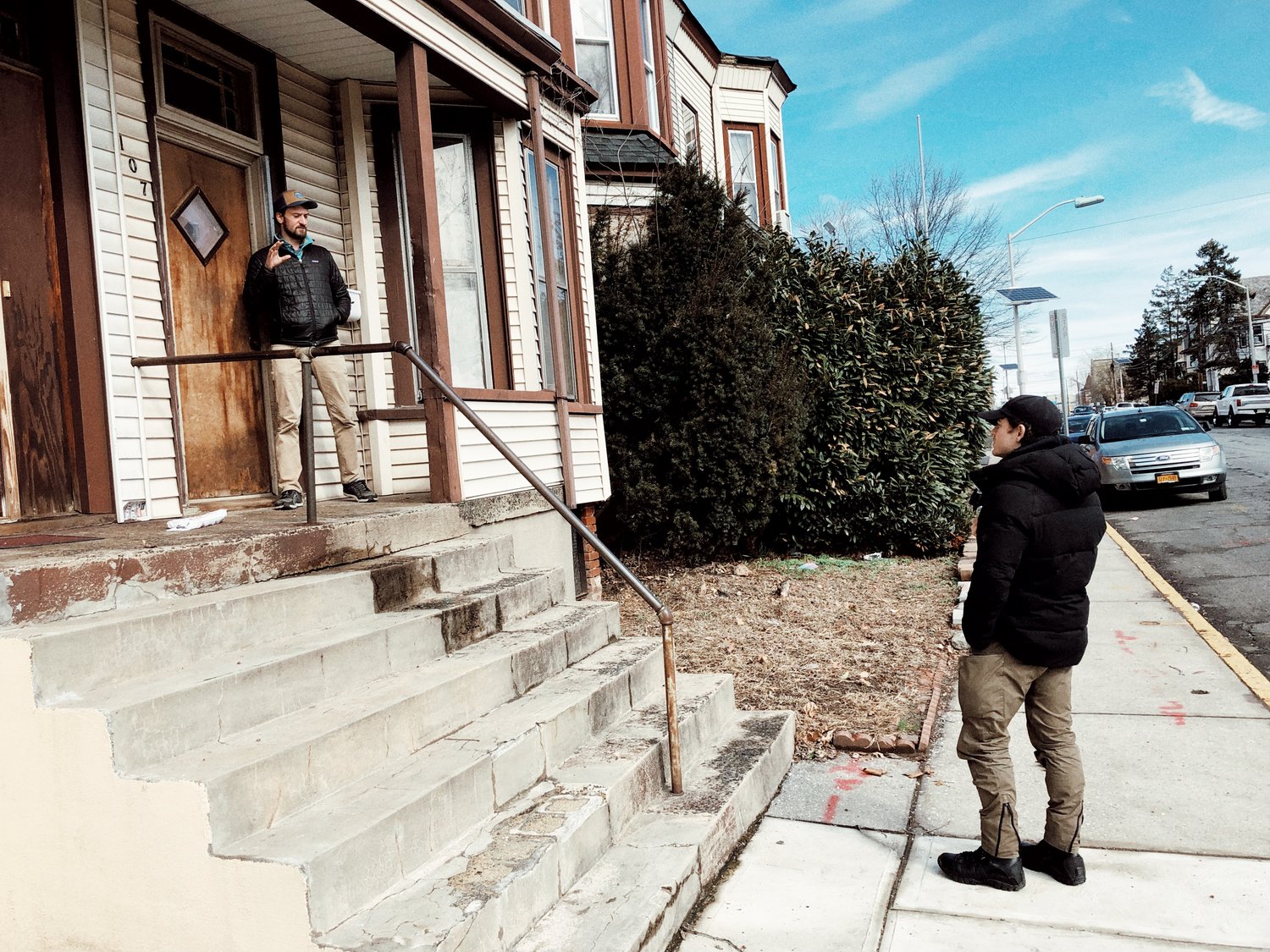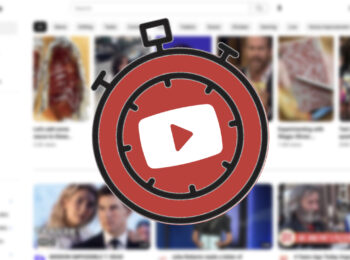Ideas
Using Video To Create Brand Empathy Pt. 1: Locations
Video is the strongest tool in the marketing toolbox to create empathy for a brand. Stills, GIF’s, cinemagraphs, and meme’s are also very effective, but none of those elements can create the depth of viewing experience that video can. Video, due to the fact it’s affecting multiple senses for the viewer, allows for a greater emotional experience in its viewing.
Video is also a more robust medium for storytelling. And ultimately, it’s the story created around a brand, or product, that will hook the viewer/buyer/user. Storytelling within marketing has seen a significant expansion over the past 5 years as web based viewing has grown to rival TV. That growth has allowed for traditional video marketing, ie. commercials, to grow past 15 or 30 second spots. We’re now in a time where major brands are telling stories over more aggressive timelines. We’re seeing stories unfold over multiple spots, cross platformed to the web, finishing on Instagram and even brands buying a full 2 minute commercial block for a single spot.
We were recently tasked with creating a 90 second video for a brand’s foundational arm. The video needed to tell the story of a high schooler who receives a scholarship from the foundation. We wanted to establish the stakes for our character, and follow her through an afternoon journey that leads to her finding out about the scholarship.
As we dove into location scouting, it became apparent that our first location in the video, a town that has an urban feel but is a bit down on its luck, would be vital in setting up our hero as her hard work pays off and she rises up out of her circumstances. We’re very fortunate that our partner and co-founder Shawn Willis got his legs in the industry as a location scout and manager on the Law & Order shows. His knowledge and approach to finding locations is invaluable. It’s also a great help in the way Shawn communicates what he’s looking for as the director of this spot.

We brought a camera and shot video on each of our scout days. That proved vital as we got back to the office and were able to look at the locations on the monitor and see what kind of texture the location was giving us. In comparing locations we were looking to see what story the location inherently told.
In creating the shot list and storyboards for the spot, we wanted to start with a shot of the neighborhood that quickly and efficiently communicates the environment our hero has grown up in. Having a location that could do that became paramount.
What we realized, through experimenting with the video we shot on the scouts, was that the first location we see gives legitimacy to the entire story. If the location was not believable, we didn’t believe what the brand was pitching. Because it was the first thing we would see, the location is the conduit to creating empathy for the brand. Believability of the place and circumstances directly influences how we see the story and the brand.
Considering this is a 90 second spot, and we would only see this location for about 15 seconds of screen time, it seems like we spent an outrageous amount of time finding this location. But towns and neighborhoods are places that we all instinctively know and have our own associations to. As opposed to a location like the galley of a spaceship which the majority of people have never seen before.
The location we ended up deciding on felt right. You could stand at the house and feel something in your gut. Of course that intangible and hard to describe, but those intangibles end up making their way into the images. Finding the perfect location upped the value of the spot, brought a weight to the story, and ultmaitely, gave the viewer a way to relate to the brand.




